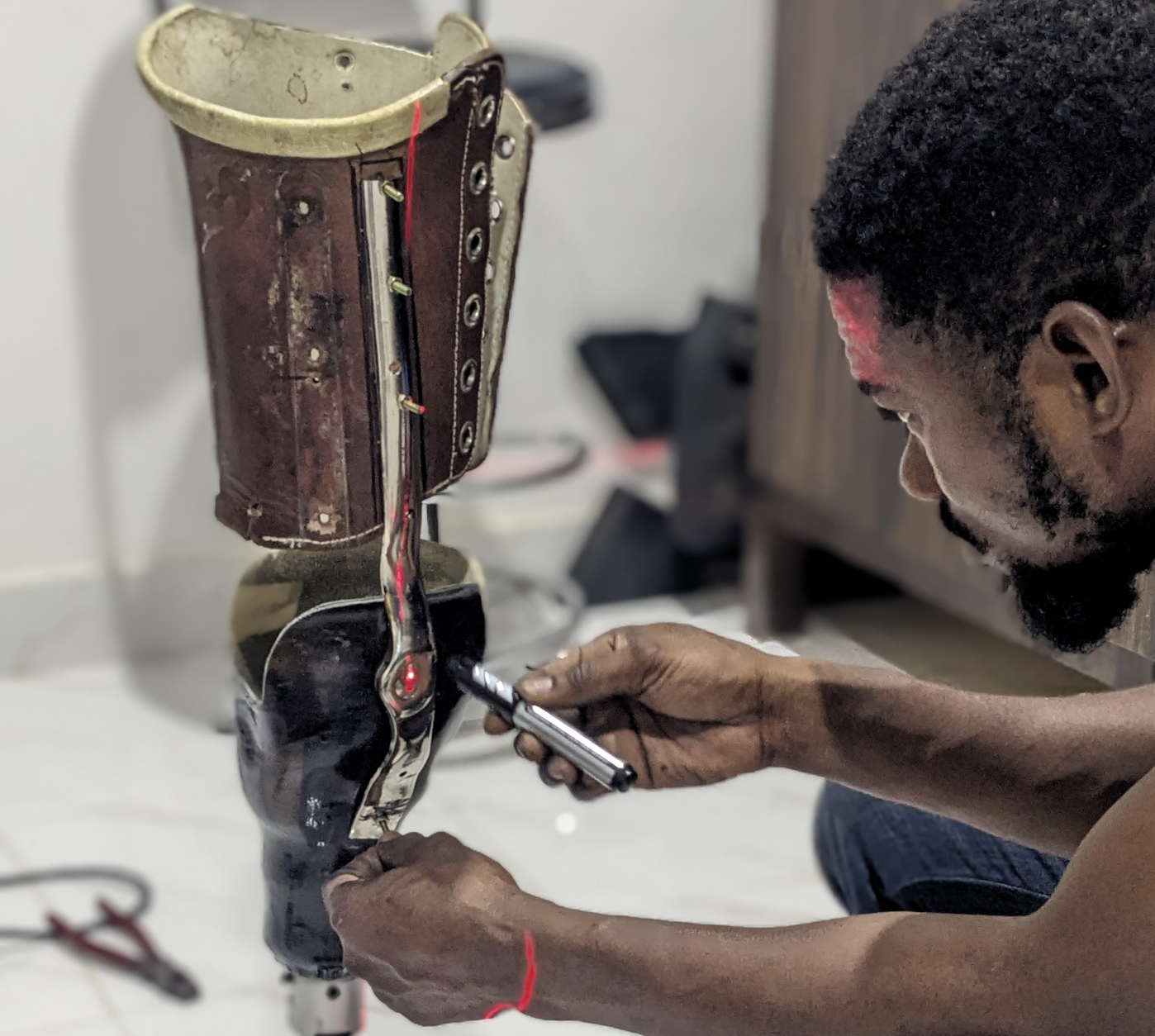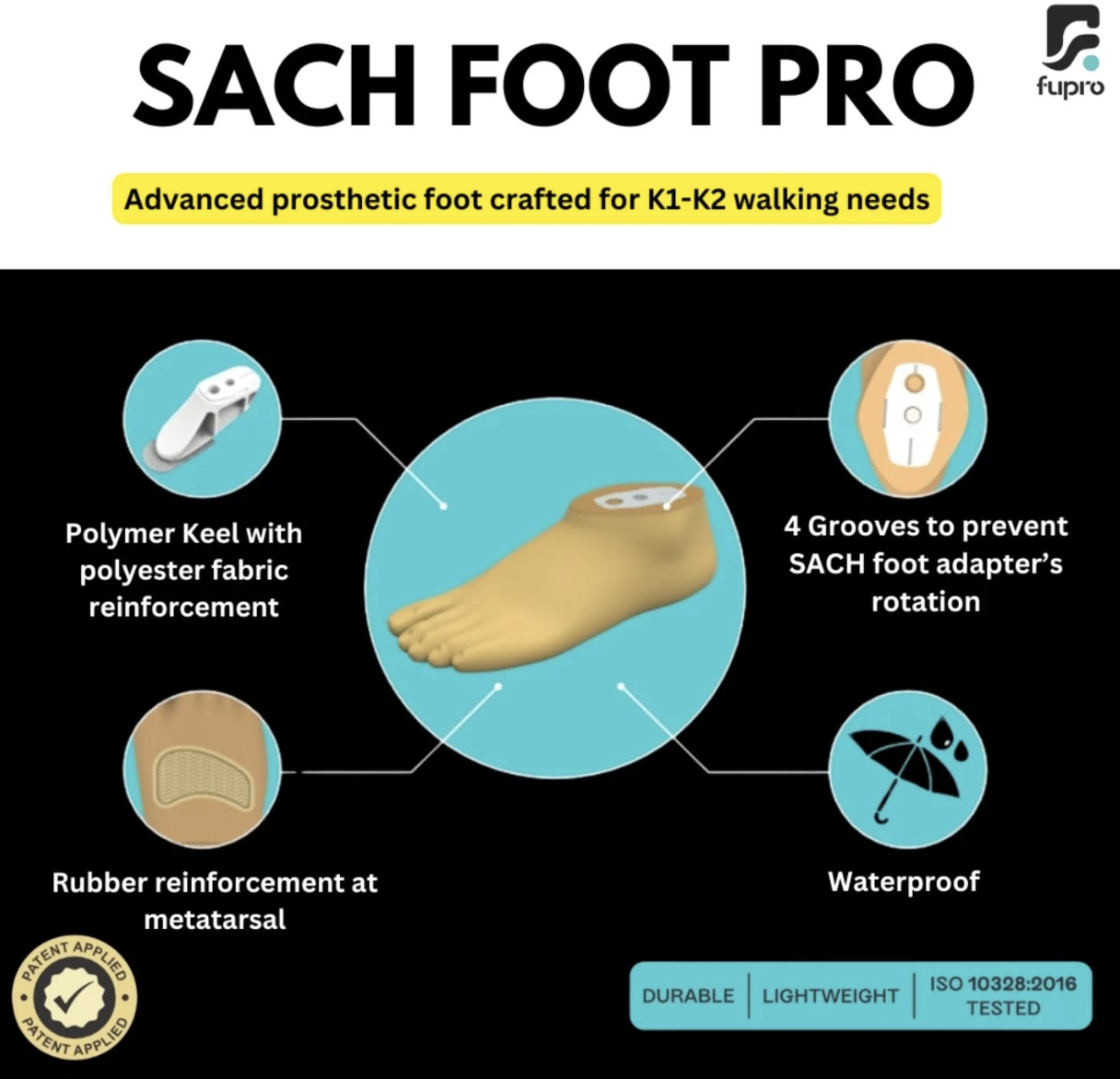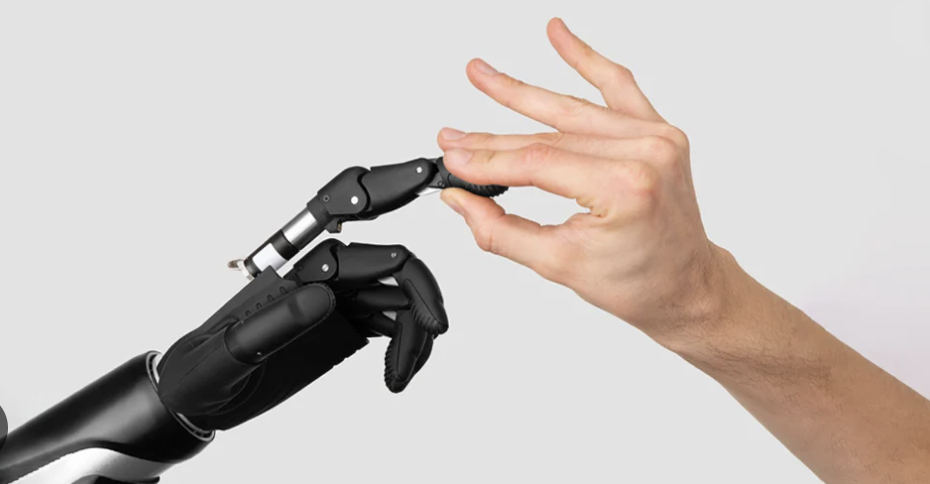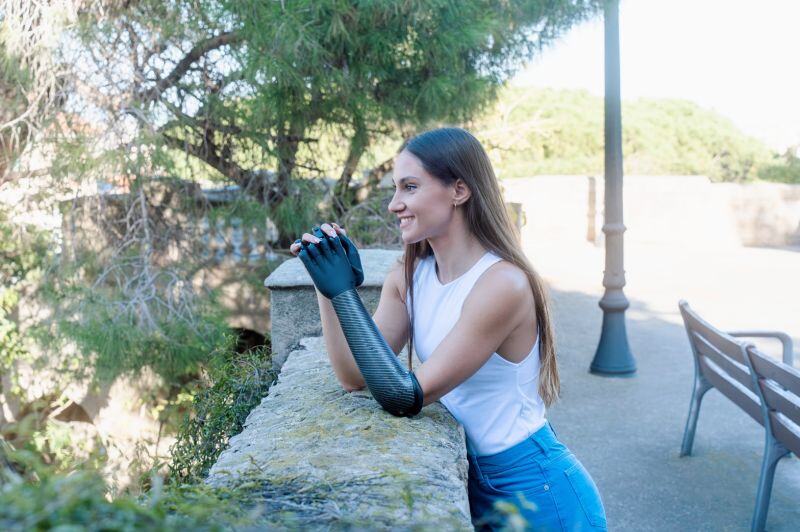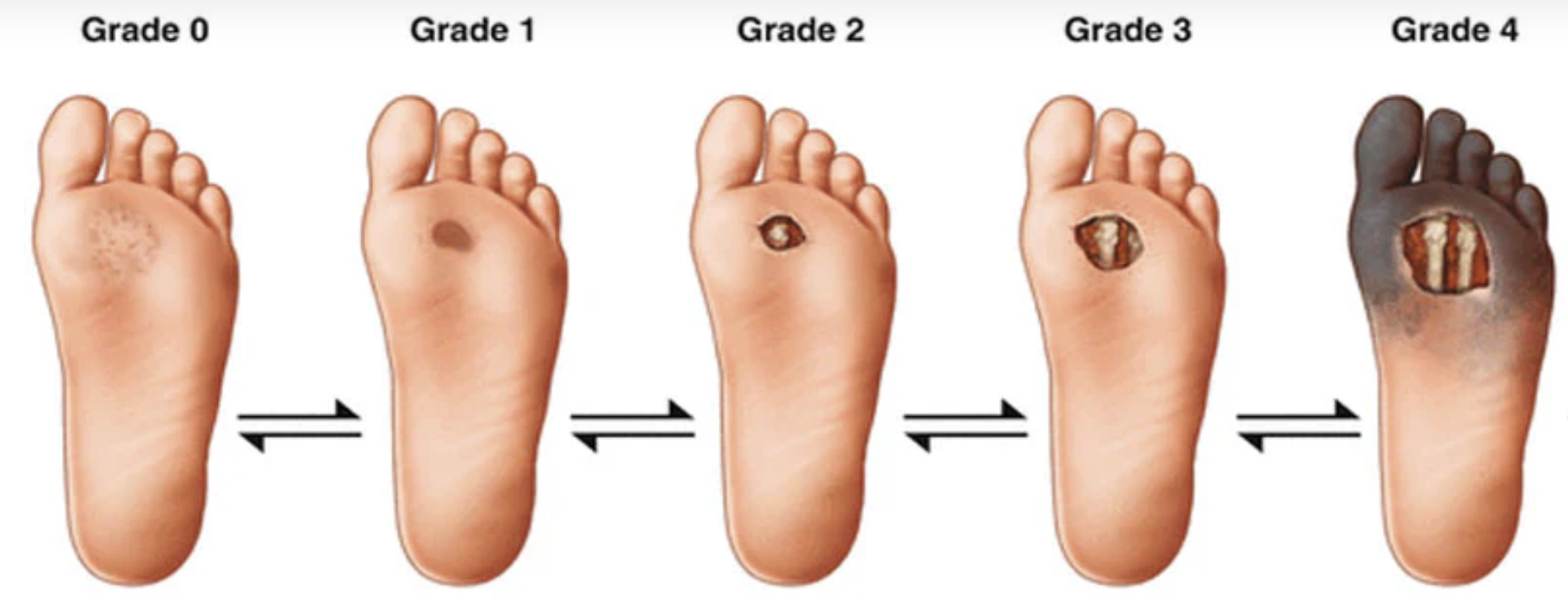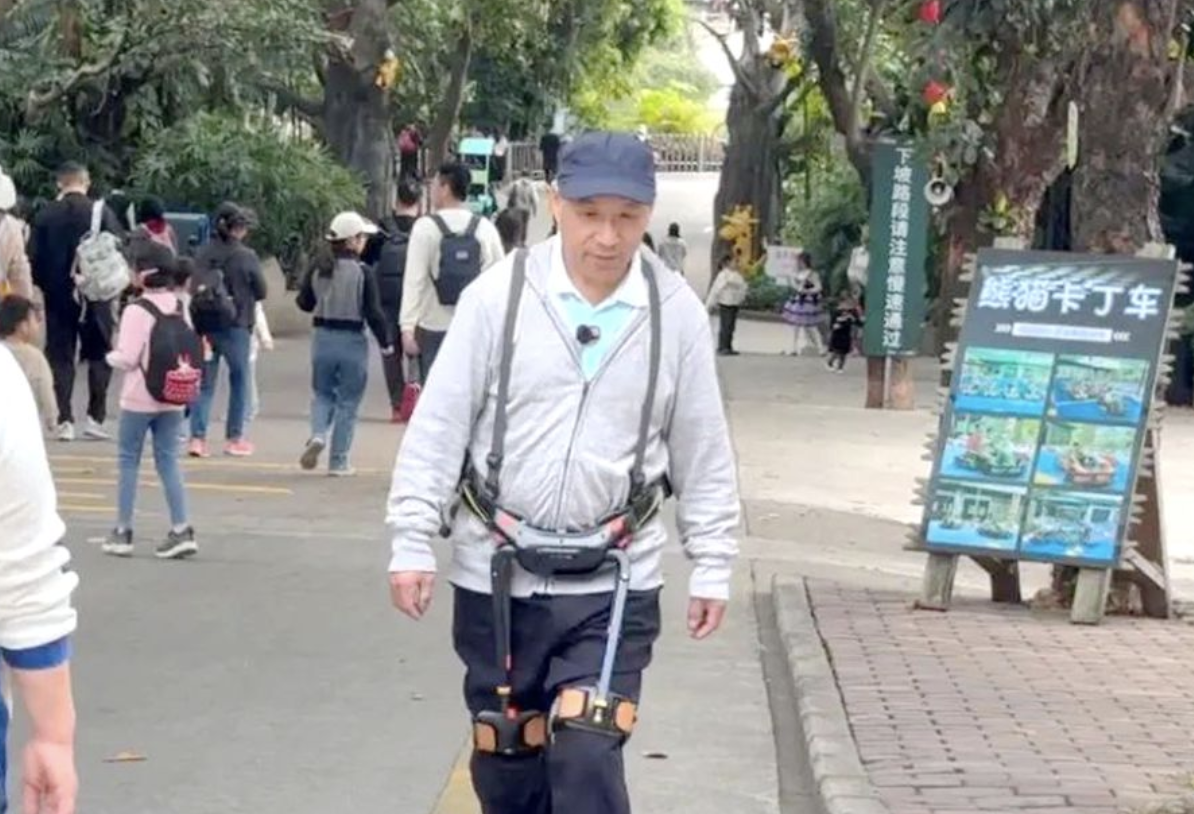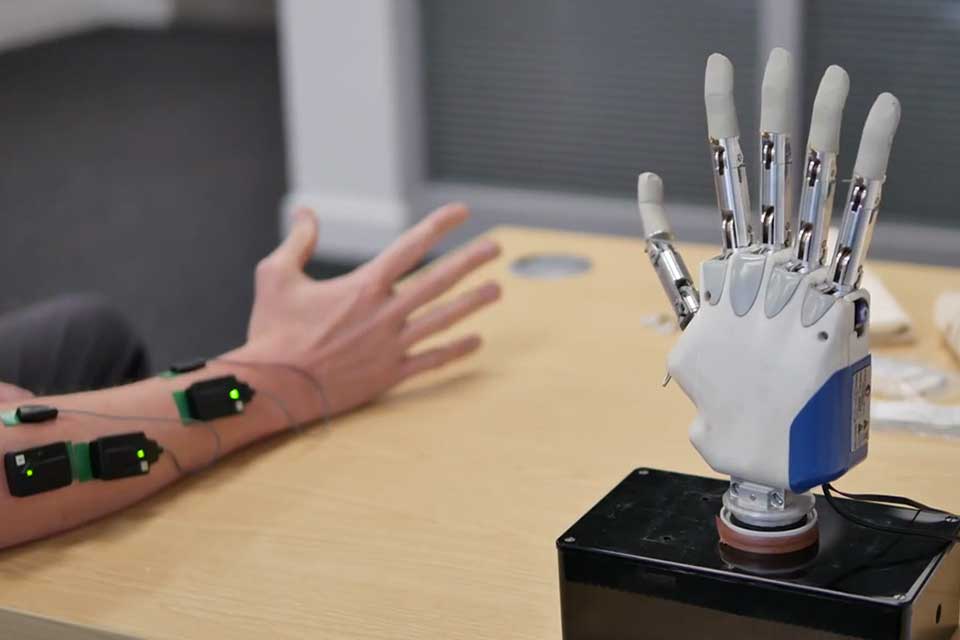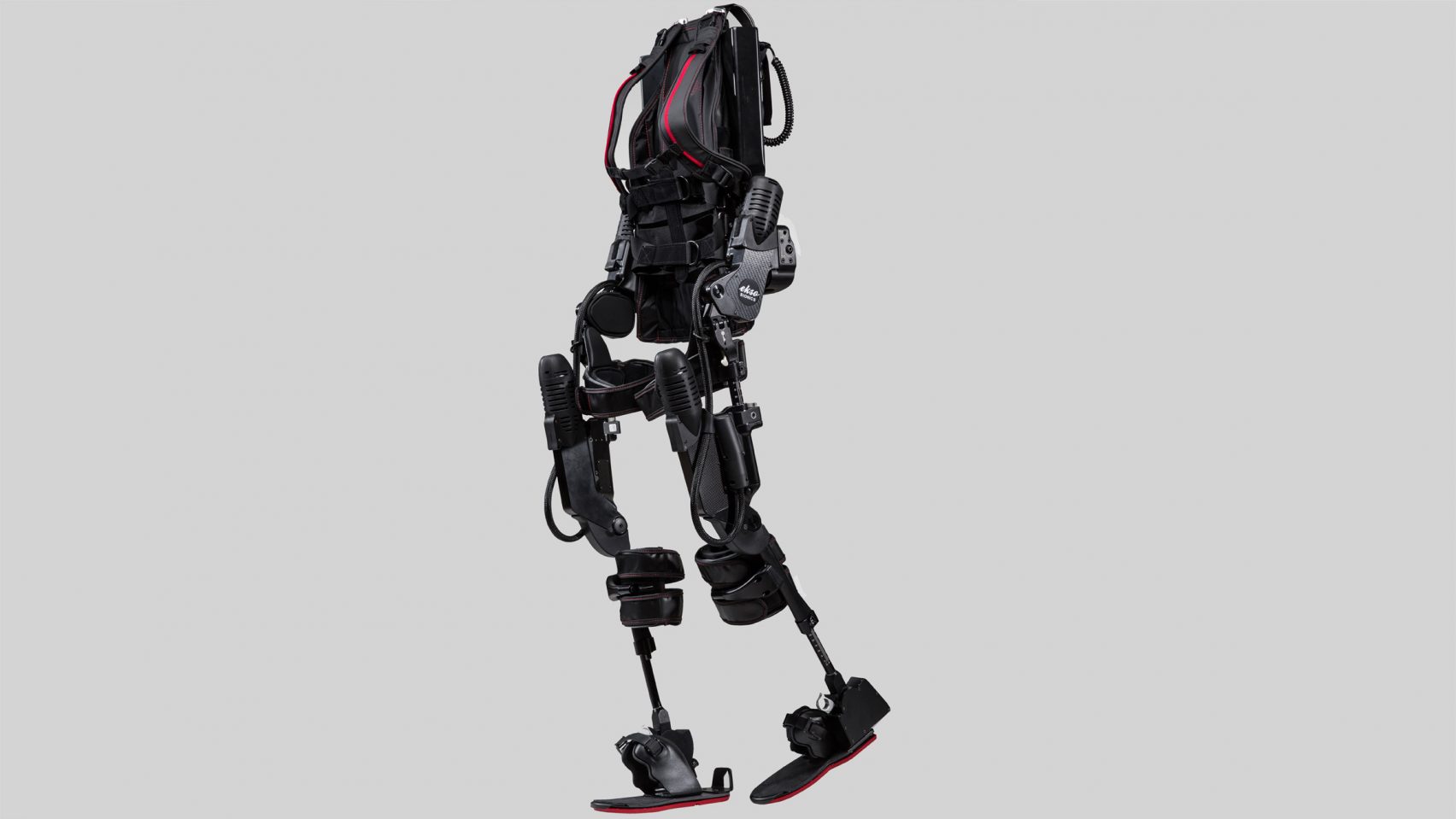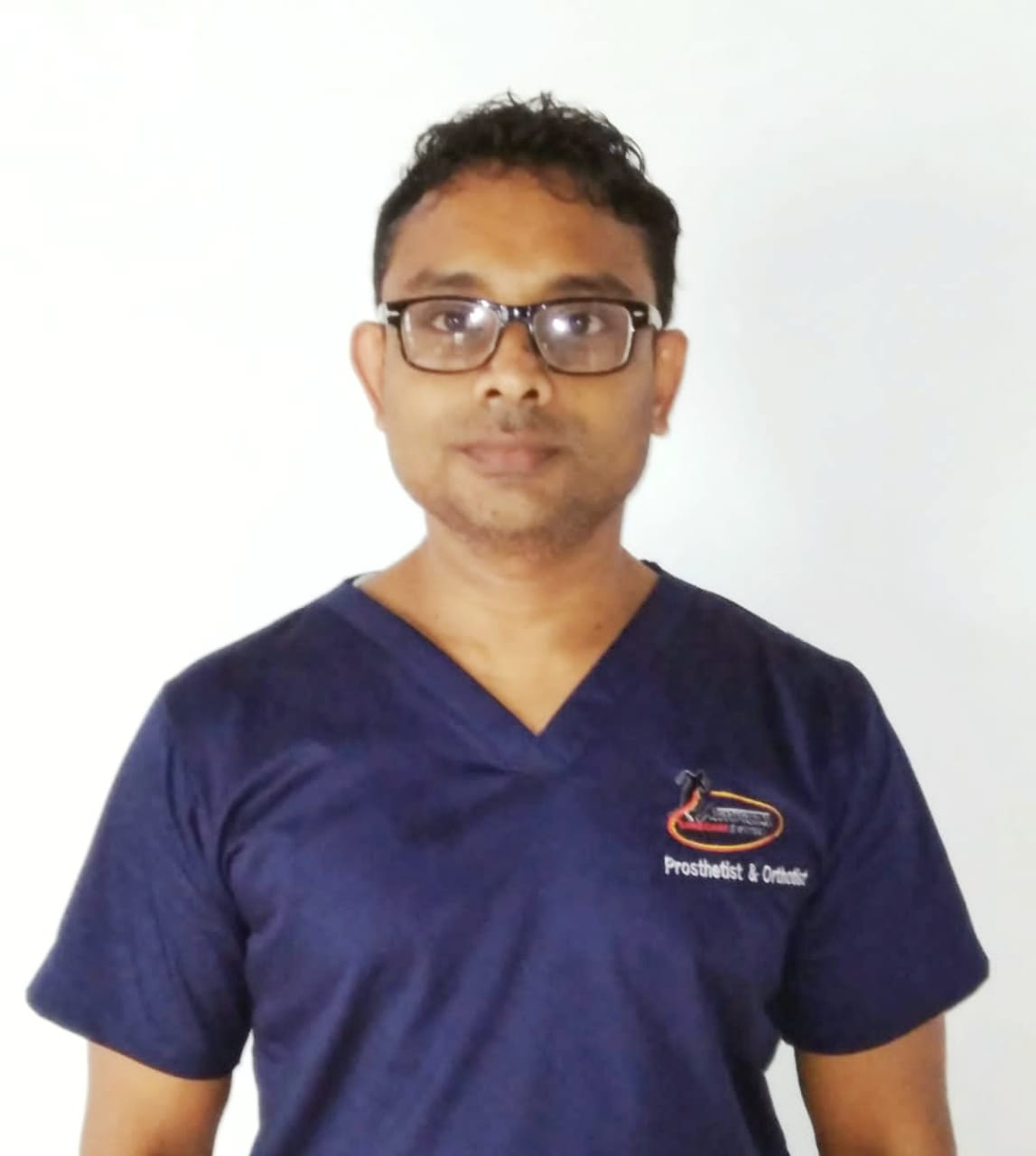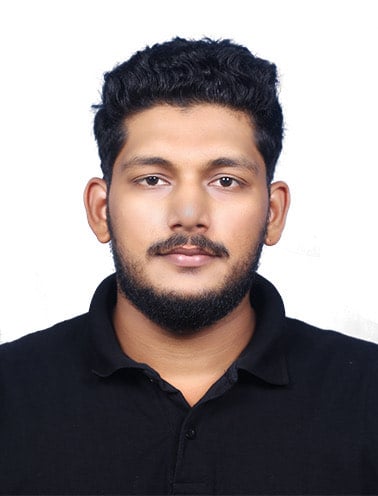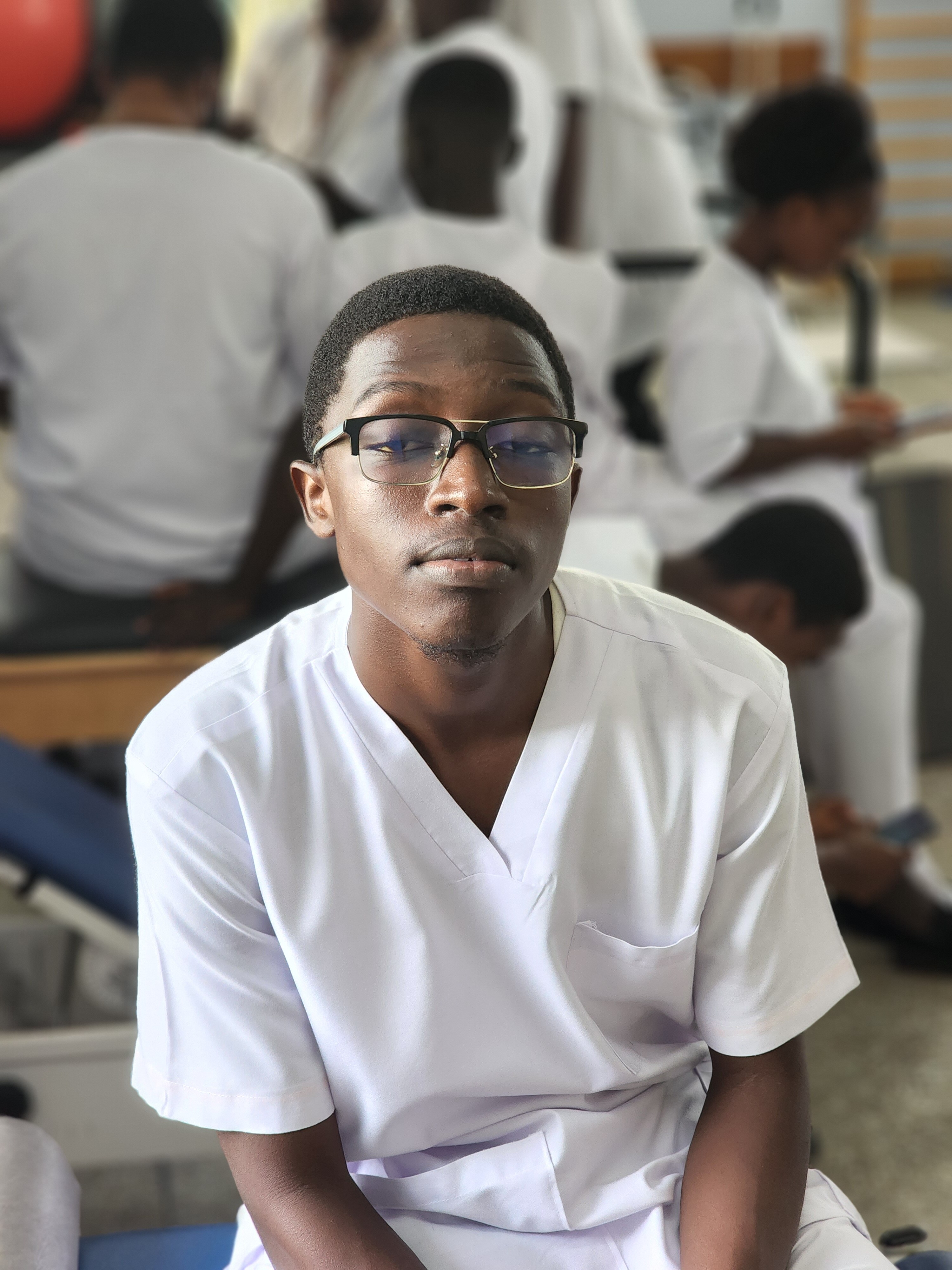My journey of becoming a Prosthetist and orthotist started in 2009 at the Orthopedic Training Center in Ghana. I started as an orthopedic shoe making apprentice.
In 2013, a formal diploma school ( Prosthetics and Orthotics Training College) started and I joined with other 10 colleagues as the pioneers which I graduated in 2016 as the best student and with a distinction.
In 2020, I joined the Human study, School of rehabilitation Sciences in Germany for my Cat II certificate ( Associate Prosthetist and orthotist) and graduated in 2022 with distinction.
Currently I am a student of bachelor's degree in Prosthetics and Orthotics at Mahidol University in Thailand. And this training is being provided by Human Study, School of rehabilitation Sciences in Germany. I will graduate with Cat I( CPO) by middle of next year God willing.
I am currently working at the Orthopedic Training Center as a senior staff member and a supervisor of the Prosthetic department. I also work for Ozone Technology company as a consultant and a supervisor for all their P&O cases. Finally, i am the founder and CEO of QualityCare Prosthetics and Orthotics Solutions and Research Center in Ghana.
What is your greatest patient story in O&P?
My greatest patient story is one amputee whose husband divorced her because she had an accident and lost her lower limb. I assured her of restoring her hope, beauty and functionality. After I prepare her and take her through the rehabilitation process and provide her with a functional TT Prosthesis, her husband re- admired her, loved her again and they came back together as husband and wife building a very beautiful family together.
My passion is in both specialty " Prosthetics and Orthotics"
I love seeing victims rejoin their communities and families for full participation after providing them with functional devices.
1. Active listening. I give full attention to the patient, and show that I am engaged in the conversation and the entire treatment plan.
2. Empathy. I show lots of understanding and compassion towards the patient's concerns and feelings.
3. Clear explanations. I try my best to explain medical information in a clear and concise manner, avoiding jargon.
4. Open-ended questions. I often ask questions that encourage patients to share their thoughts and feelings.
And I do also engage them with some other nonverbal Communication skills. All these has helped me build a great rapport with my patients over the years.
